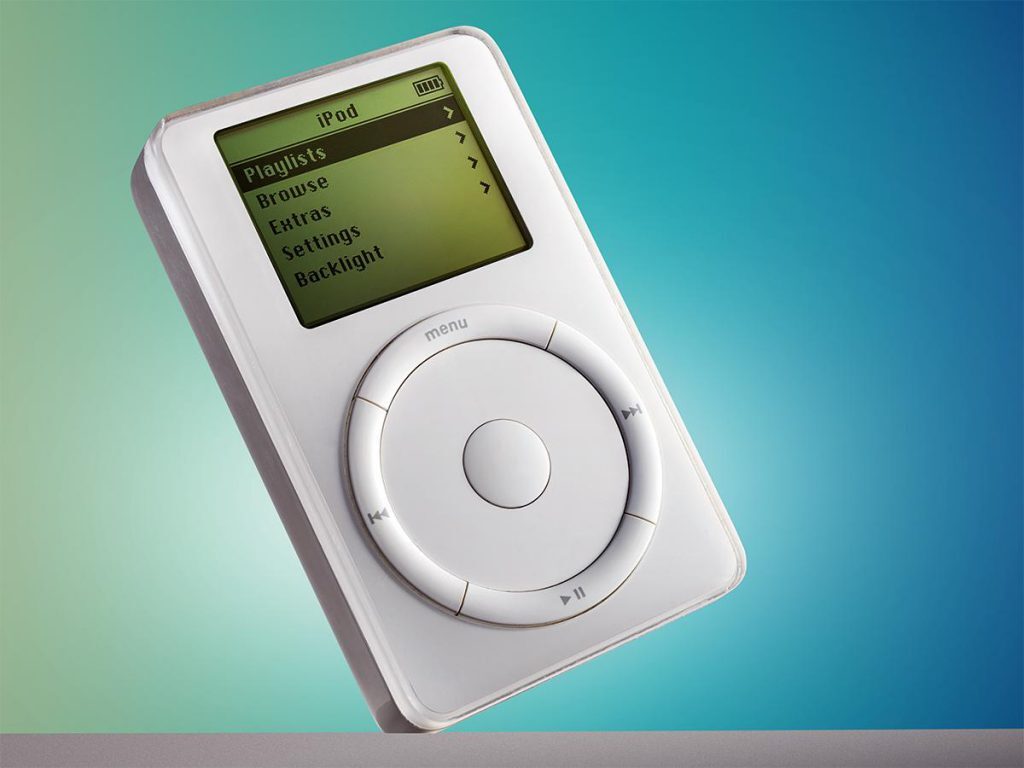In 2001, an unassuming white box arrived and transformed the gadget world. Good job it did too: if Apple had carried on just making computers, we might all be walking around today listening to MiniDiscs, taking photos on compact cameras, and making calls on Nokias. Imagine!
iPod (1st generation)
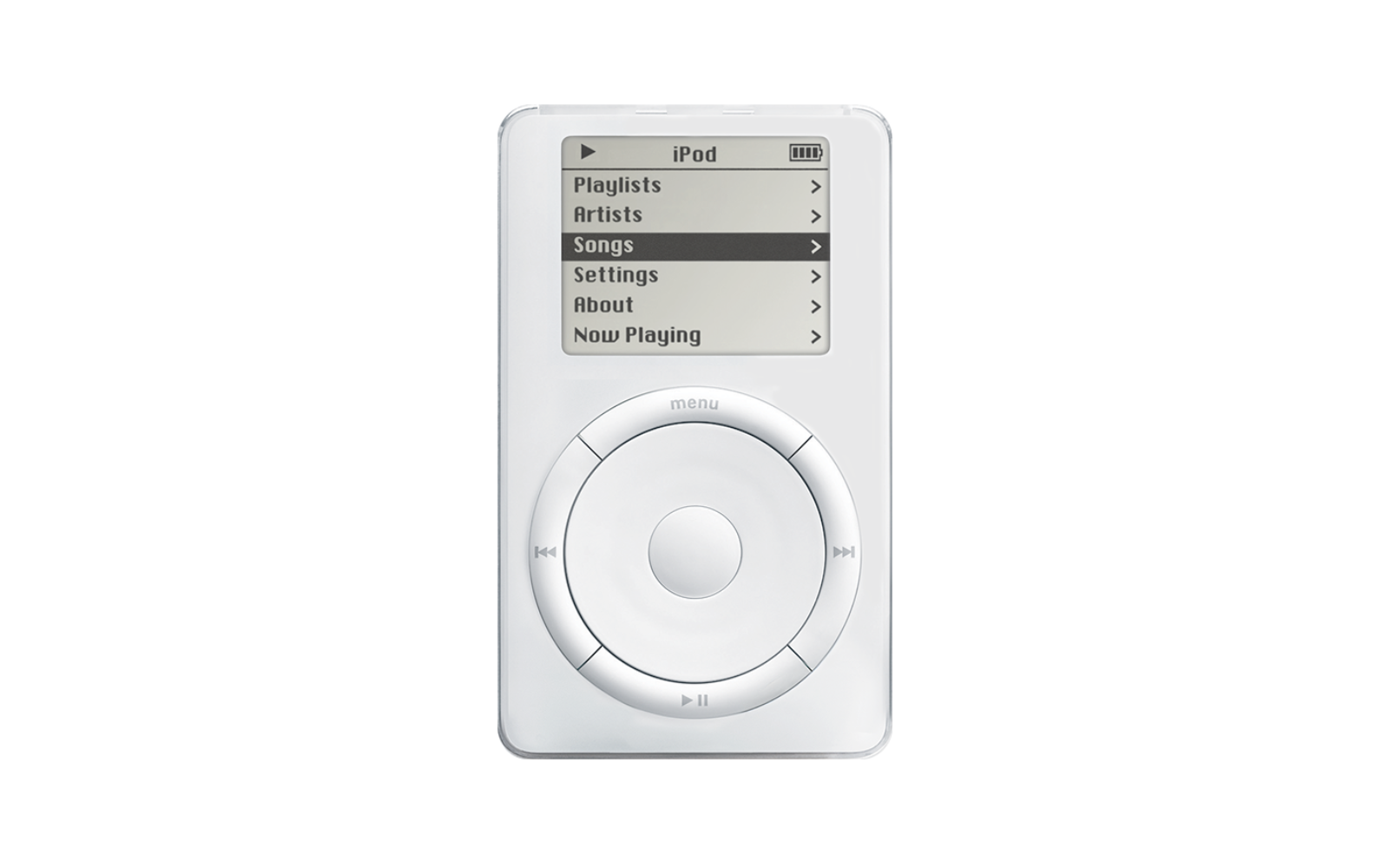
In terms of design, the original iPod was a classic. It had a scroll wheel that actually turned – a clever system that in many ways beats a touchscreen for the tactile pleasure of scrolling from ABBA to Zappa – and four buttons around it that made a satisfying click when pressed. With 5GB of storage (generous at the time) and an interface that didn’t make you want to punch your own face off, Apple’s first iPod was nonetheless derided by plenty of people who didn’t see its potential – including some in the Stuff office.
Little did they know that people love usability…and are willing to pay for it. Add in the iTunes Store, and a new way to listen to music was born.
The third-gen model switched to a touch wheel, added glowing buttons, and welcomed Windows users to the party, while the fifth version went a bit skinnier and even introduced video playback (albeit only good for watching dodgy rips that you’d spend ages getting into a format that would actually play); but the original was the perfect example of Apple taking something that already existed and improving it immeasurably.
Released – 2001
iPod Nano
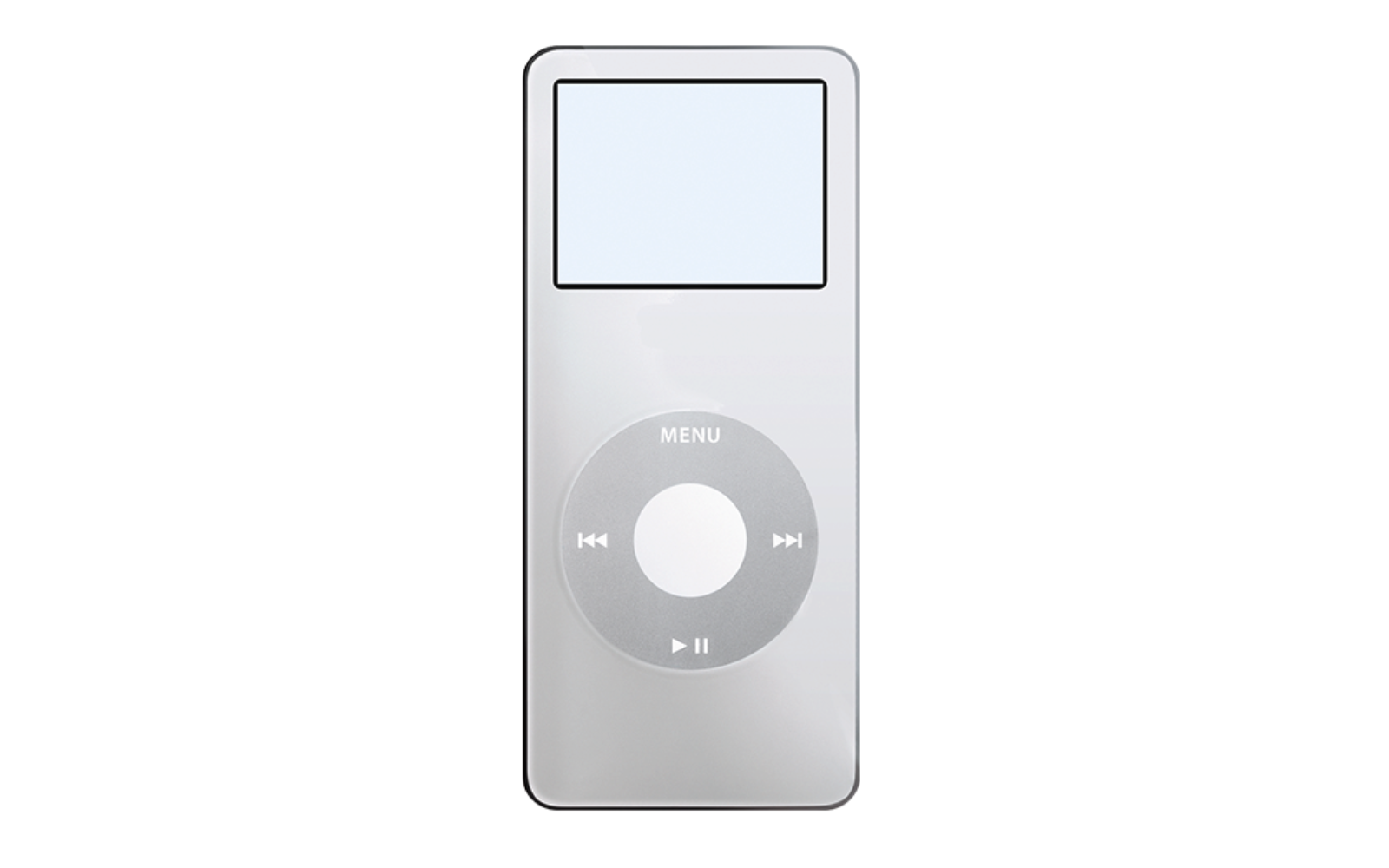
In 2004, Apple launched the iPod Mini, but after only 18 months it was dead and the company’s obsession with miniaturisation began in earnest. The even tinier Nano was the result. Out went hard drives and in came flash. Out went capacity too. With the high-end version packing just 4GB and the cheapest a measly 1GB. Still, that was more than enough for our gym playlists, and the Nano was a brilliant running companion. This meant the Nano stuck around and rapidly became a playground for Apple’s designers, getting a radical overhaul almost annually.
After seven generations that went through various formats – including the quarter third-gen that added video playback. 2009’s fifth-gen that had a larger 2.22in screen for landscape video playback, and the last two that switched scroll wheels for touchscreens – the Nano was finally put out to pasture in 2017.
Released – 2005
iPod Touch
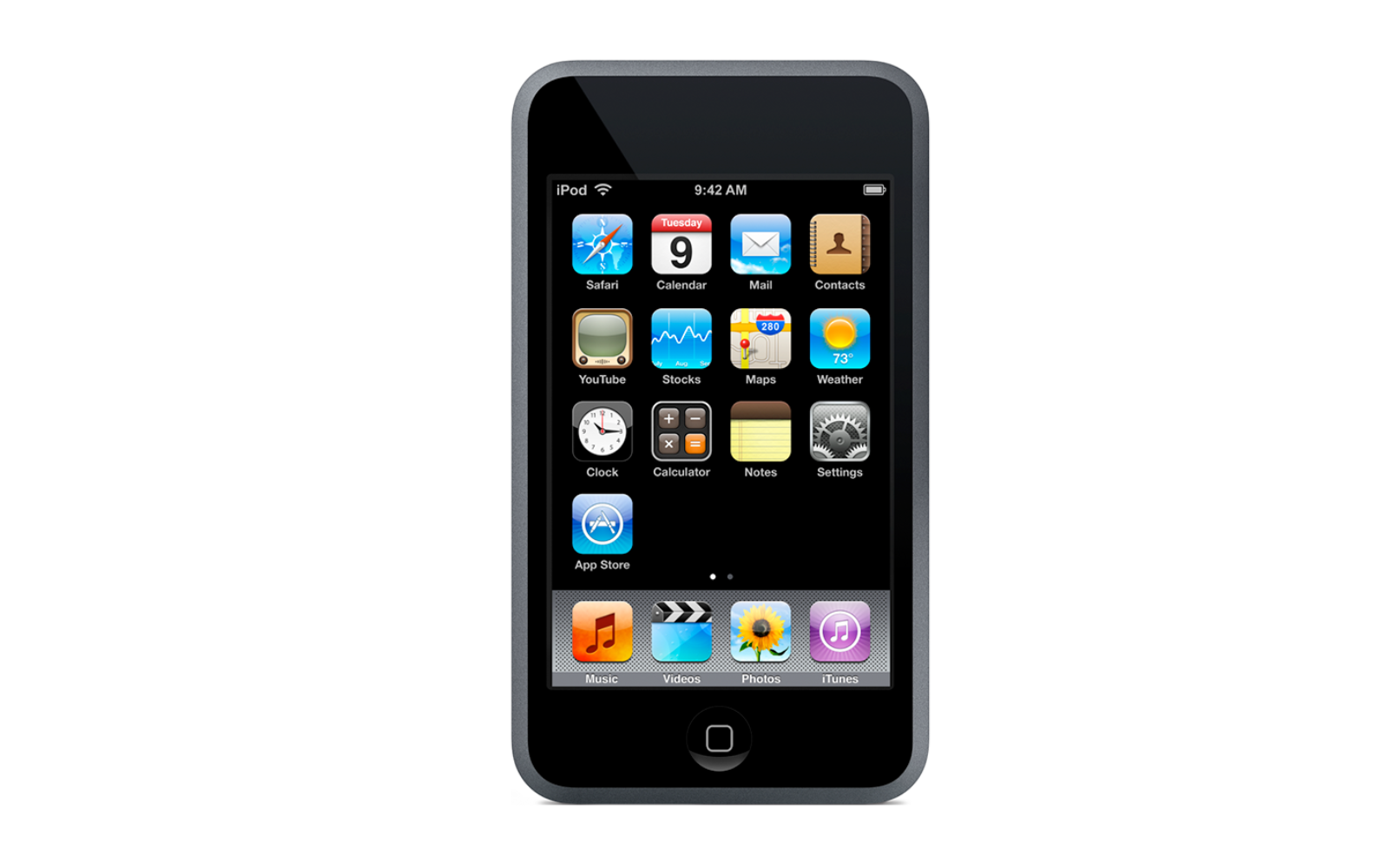
Sorry, purists – we’ve decided the Touch is a ‘proper’ iPod and not just an old-school SIM-less iPhone that somebody ran over with a steamroller. For a relatively small outlay, you got the iPhone’s most important bits – a touchscreen and access to the App Store – making it a great iPhone alternative for kids. It was absurdly light too, with the final iteration weighing just 88g.
Released – 2007
iPod Shuffle (2ND Generation)
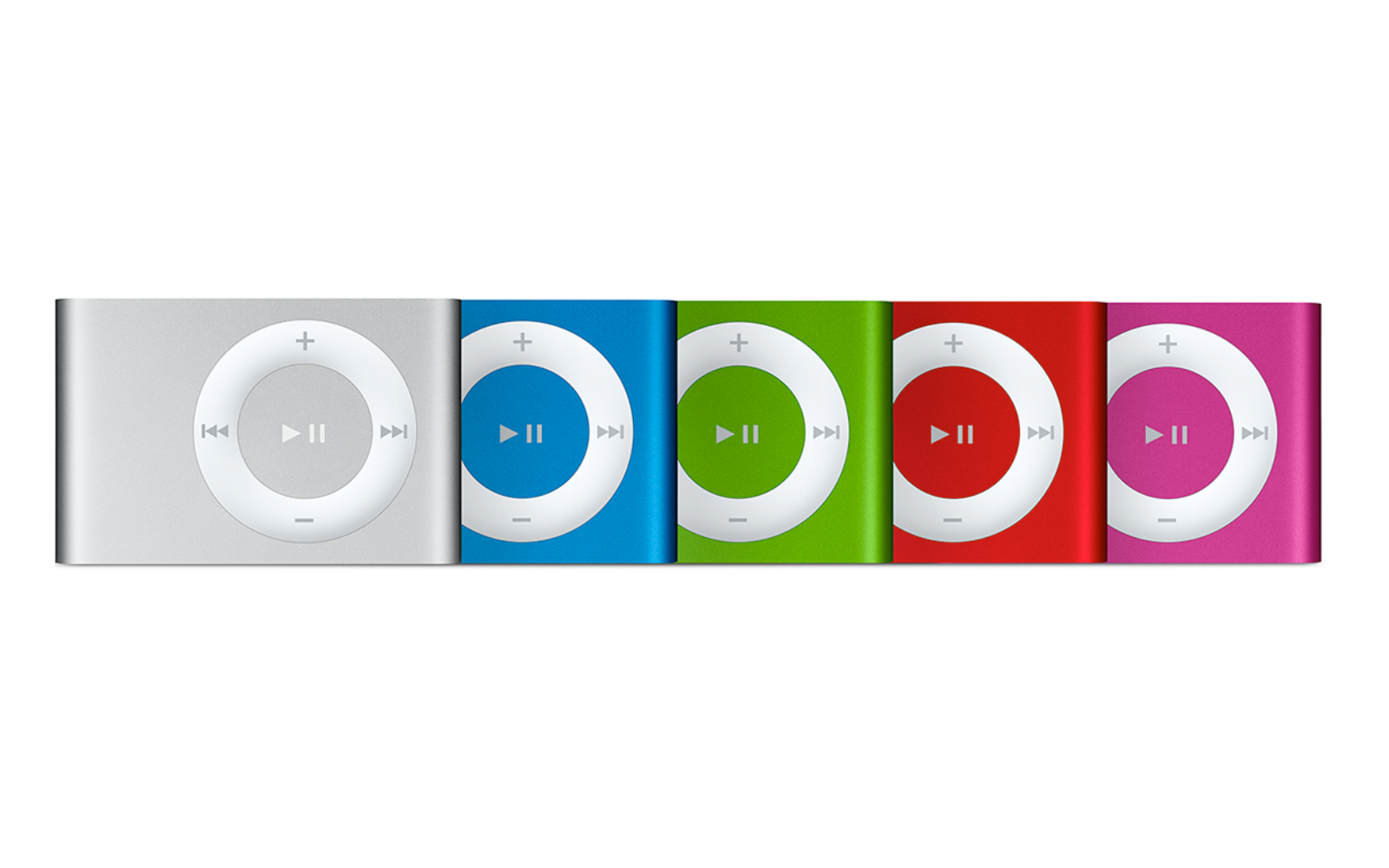
The original Shuffle looked like a USB memory stick with playback controls attached- because that’s more or less what it was. This screenless player was designed to help you rediscover your music by randomly playing back songs, but it really came of age with the gym-friendly ‘clip’ model. Its dock was truly awful, but we were too besotted to really notice.
Released – 2005
iPod Classic
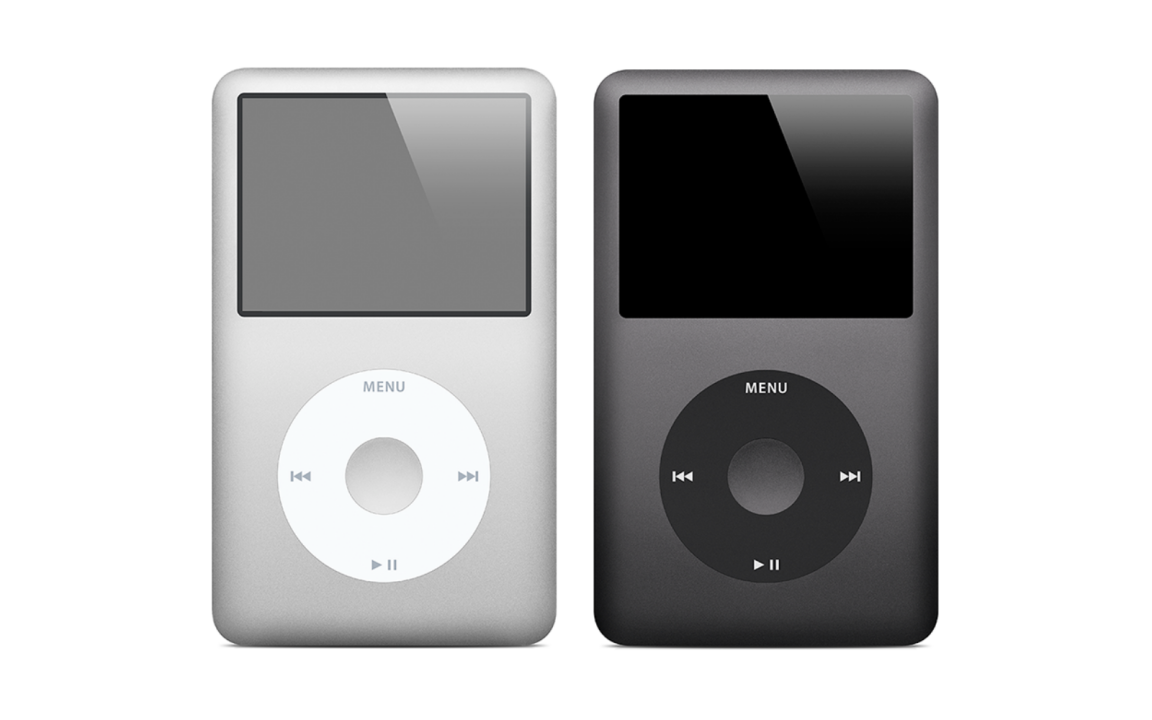
The original iPod finally evolved into the iPod Classic in 2007. By 2009 it boasted a 160GB hard drive but was starting to look rather long in the tooth compared to assorted touchscreen-based upstarts. Yet it remained popular with hardcore music fans, acting as a kind of badge of honour that showed how unimpressed you were with low-bitrate streaming services.
Released – 2007
Check out the Stuff August-September 2022 issue
- iPod Nano (6th generation) 2010
- iPod Mini 2004
- iPod Nano (5th generation) 2009
- iPod shuffle (3rd generation) 2009

